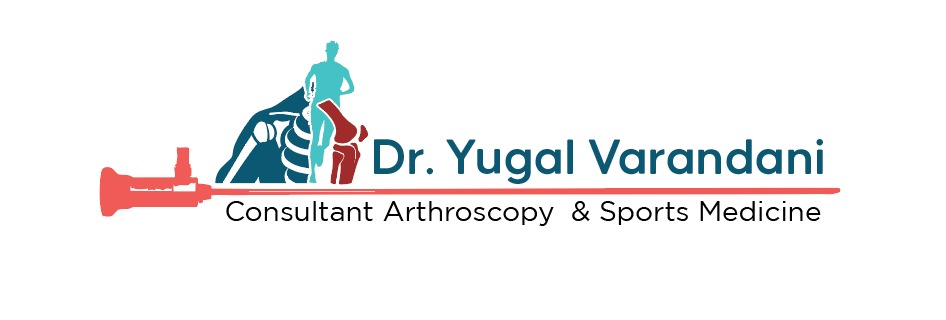



Patella Dislocations

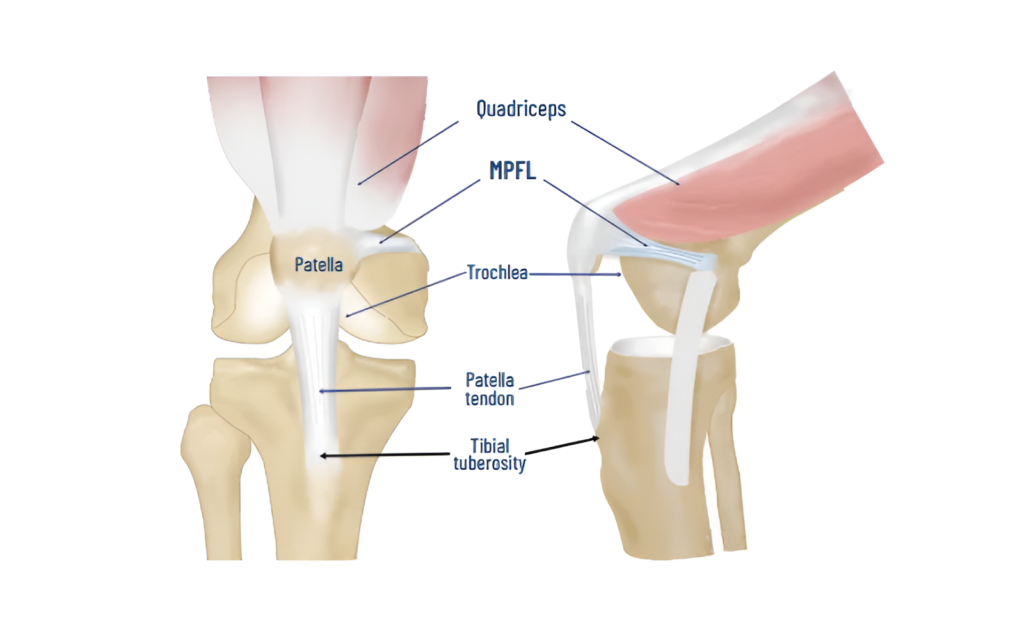

Patella- “knee cap” bone, is present in the quadriceps tendon and increases the efficiency of knee push off, climbing stairs, squatting and getting up. As the knee bends, the patella goes up and down in a groove (trochlea) present in the lower part of femur. When it slips out of the groove, it is called patella dislocation. It requires surgical correction as it tends to be recurrent.
Patella dislocates, when a trauma ruptures the MPFL (medial patellofemoral ligment). Risk factors include Shallow groove (trochlear dysplasia) Outward pull of patella (lateralised tuberosity), indicated by an increased TT:TG distance in CT/MRI High riding patella (patella alta), indicated by increased CD index in CT/MRI Every patient is thoroughly evaluated with X rays, CT scan and MRI for the presence of risk factors. Significant bony risk factors are corrected along with an MPFL reconstruction. Any coexisting injury like loose body, osteochondral fracture or cartilage injury are also addressed at the same time.
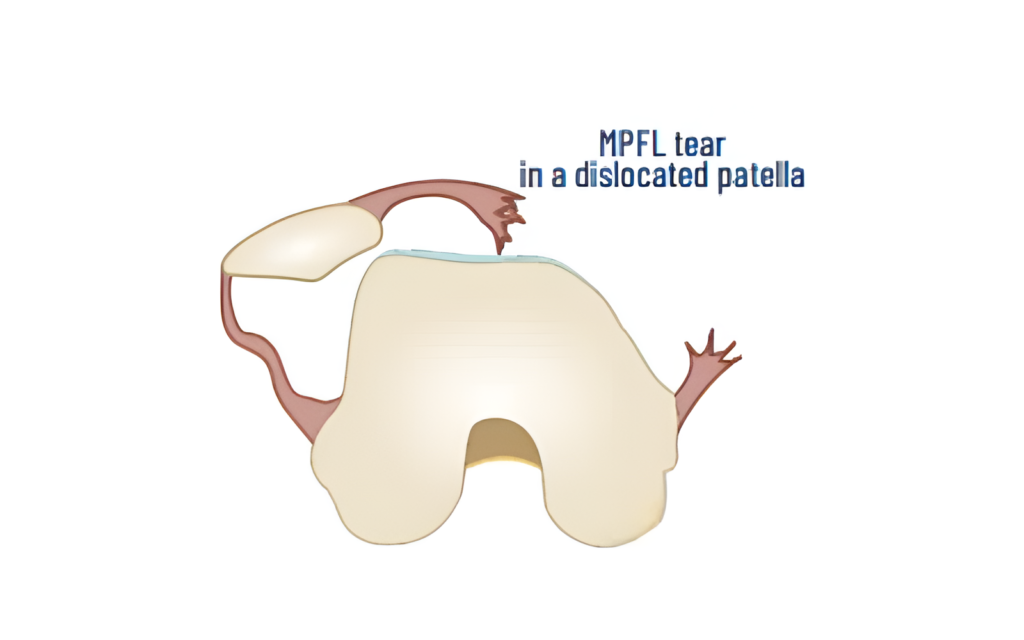

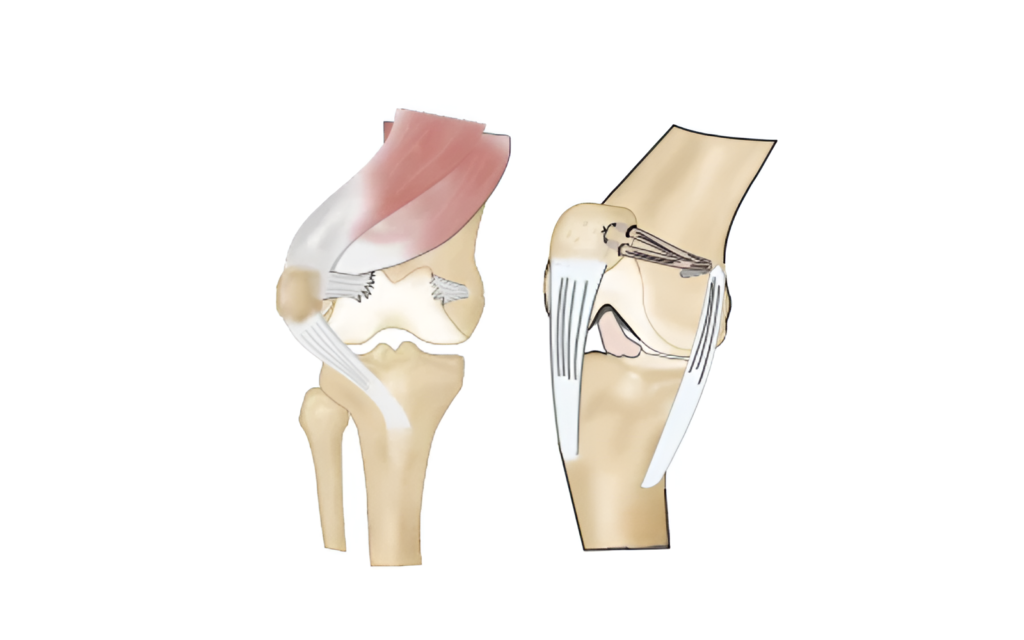

MPFL RECONSTRUCTION
MPFL reconstruction is the essential procedure in all cases of patella dislocations as the ligament is torn in all cases One of the hamstring tendons is
used as a double graft and fixed with sutures and bioscrew to recreate the MPFL
TIBIAL TUBEROSITY TRANSFER
Both patella alta (High Riding patella) and increased TT:TG distance (outward attachment point of patella tendon) are treated by shifting the tibial tuberosity to redirect the pull on the patella.
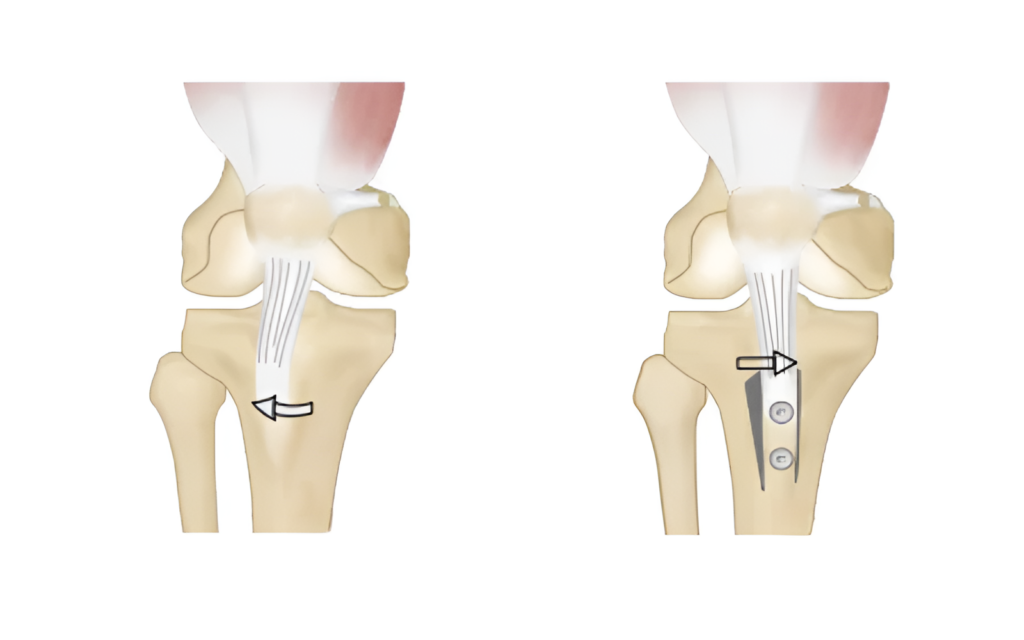

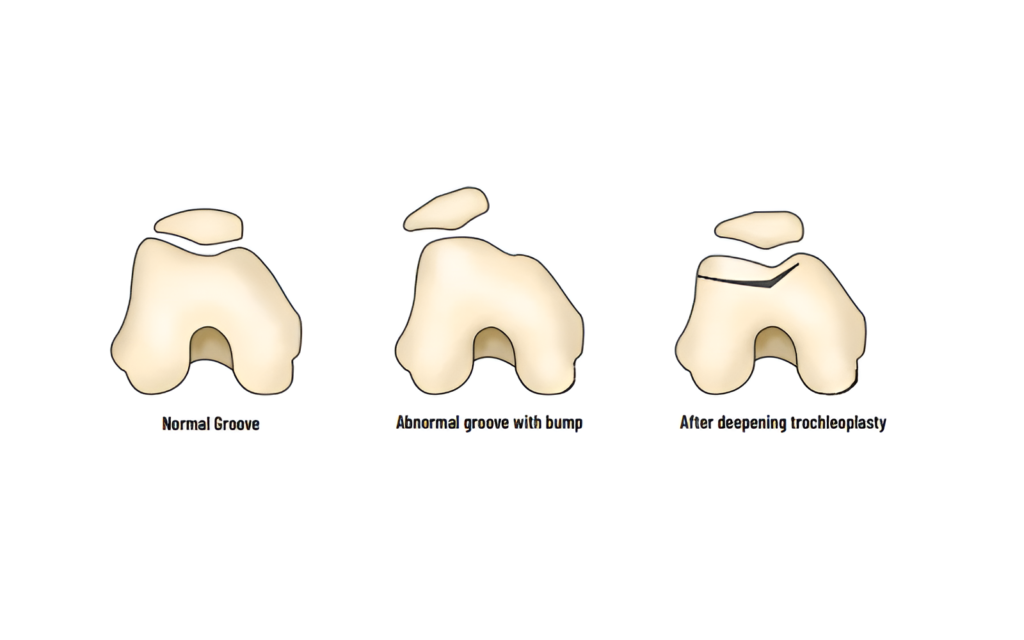
TROCHLEOPLASTY
A shallow groove is a very common anomaly and results in dislocations during mid of lexion angles. Trochleoplasty deepens the groove and provides support for the patella.
